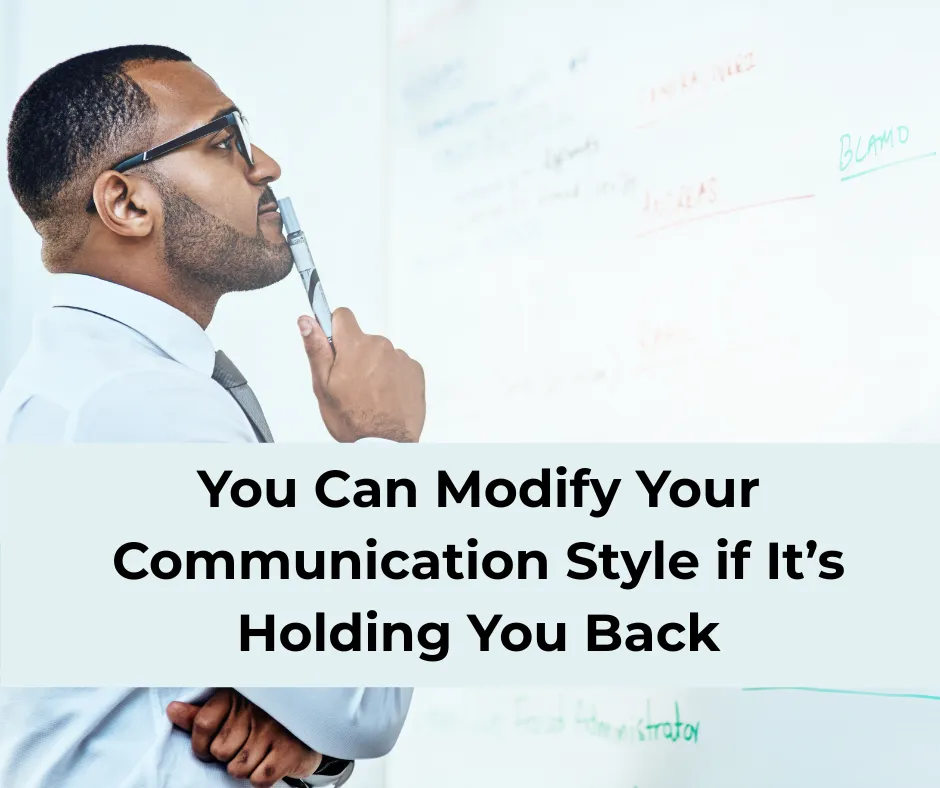
Why Your Communication Style Might not Always Be as Effective as You Think
Have you ever worked with someone who seemed either too blunt or too vague, and assumed “That’s just “how they communicate.”?
Here’s the truth:
We all absorb our communication habits from the environments we’ve been part of: family, culture, community, workplace. But just because a communication style is familiar doesn’t mean it’s effective all the time. And in leadership, that gap can cost you clarity, trust, and influence.
Conditioning Runs Deep
Communication is deeply shaped by cultural and social conditioning. What you grew up hearing, and how people around you responded to it, forms the blueprint for how you express ideas, set expectations, and give feedback.
In some cultures, communication is direct and explicit: say what you mean, be efficient, don’t waste time. In other cultures, indirect and nuanced communication is the norm: what’s unsaid is just as important as what’s said. These are often referred to as low-context and high-context cultures.
Problems arise when these styles collide, or when one style is carried into a setting where it isn’t the norm.
Communication Style vs. Effective Communication
A common leadership mistake is assuming that speaking confidently in your normal style equals being understood. That being either direct or indirect all the time means you’re communicating effectively.
Here’s the disconnect:
A direct communicator may pride themselves on being clear and “efficient,” but be perceived as harsh or dismissive.
An indirect communicator may avoid conflict and try to keep the peace, but confuse people with vague or passive language.
A high-context communicator may expect people to read between the lines to catch their meaning.
A low-context listener may miss all the meaning packed into tone, silence, or body language.
Each style works in its home context, but may backfire when used in a different environment.
You Can’t Fix What You Can’t See
If unclear, ineffective communication is accepted in your multicultural organization, team, or leadership group, it can be hard to recognize it as a problem. But the costs show up anyway: misunderstandings, mismatched expectations, dropped balls, and ultimately broken trust.
These costs can act as a wake-up call. They indicate that everyone needs to pause and examine how they speak, and ask if their way of communicating is serving the group and its goals.
Every team member needs to ask themselves:
Is my style of communication helping or hurting general understanding?
Am I speaking in a way that makes others feel heard? Or is it causing some team members to shut down?
Do I expect people to just “get it” without asking if they understand what I mean?
Bridging the Gap
Start by observing how people respond to you. Not just to your words, but to your tone, pace, silence, and message structure.
Then try:
Checking for understanding instead of assuming it.
Being curious about other people’s communication preferences.
Clarifying your intentions when your message feels emotionally loaded.
Adapting your style for the audience, while not abandoning your values.
Asking for feedback on how your communication style impacts others, not just about what you said.
Final Thought
Communication is a relational tool, not just a performance indicator.
And just like any relationship tool, it requires awareness, flexibility, and a willingness to shift.
You might be communicating effectively. But if you suspect you’re not, being willing to examine your cultural communication conditioning will not only make you a better communicator, it will make you a better leader too.
🗣 Ready to evaluate your communication habits and build a style that connects, not confuses?
Book a discovery call or visit my blog for more insights: https://linked.crmconnect.net/widget/bookings/bb-discover
